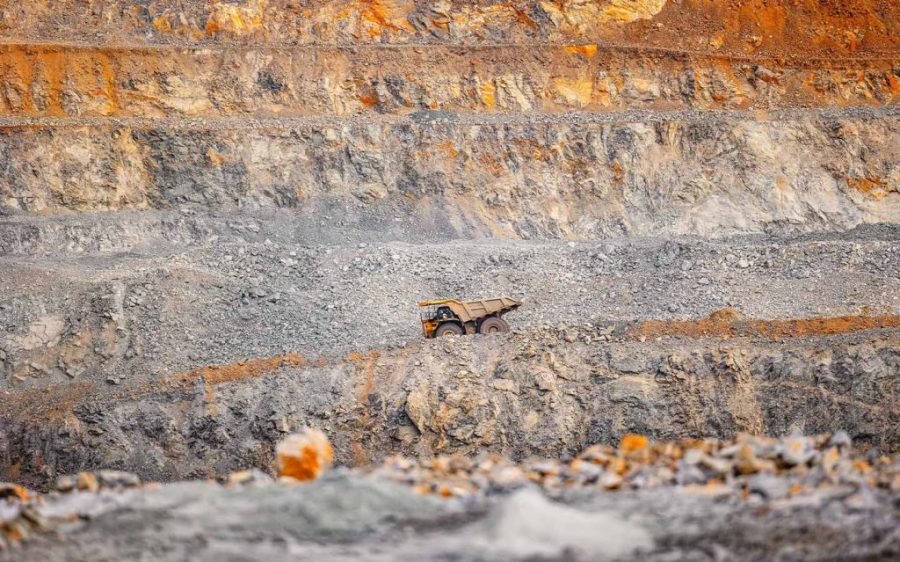Angola inaugurated its first modern, large-scale copper mine on Wednesday, marking a major milestone in the country’s economic diversification efforts, reports the Portuguese news agency Lusa.
Located in Maquela do Zombo (Uíje), the US$305 million Tetelo copper mine is owned by Shining Star Icarus (SSI), a partnership between Sociedade Mineira de Cobre de Angola and China’s Shining Star International Group, which invested US$250 million into the project. It marks the revival of copper production as the first modern mine since independence, and a stepping stone toward a more diverse, sustainable economy for the petrostate.
With an expected shelf-life of 14 years, the initial phase will be an open-pit operation with annual production capacity of 25,000 tons, before transitioning to underground mining in the second half of 2026.
Speaking at the opening, Angolan resources minister Diamantino Azevedo highlighted copper as a strategic mineral, critical for the production of EVs, smart energy grids, batteries, solar energy and more.
“Angola is entering the era of critical minerals in the 21st century with authority. It is proof that we are not just remembering the past, we are courageously building a radiant future for our people,” he said.
[See more: Landmark diamond discovery may reshape Angolan mining sector]
Near the northern border with the Democratic Republic of Congo (DRC), Tetelo sits along the far edge of the Central African Copperbelt, a geological formation home to some of the highest-grade copper resources on Earth.
Most of the belt falls along the border between Zambia and the DRC, among the largest copper producers in the world. Angola’s deposits, while considered peripheral to the main belt, still benefit from the region’s established mining infrastructure and expertise.
Expected initial annual output from Angola’s Tetelo pales in comparison to its more established neighbours, representing a fraction of the 2023 output of Zambia (0.7%) and the DRC (0.9%). This will position Angola as a supplementary regional supplier, albeit one with a more stable political environment and fewer export constraints than landlocked producers in Zambia and the DRC.
Tetelo is also much closer to the coast and enjoys direct access to global shipping routes through Angola’s Atlantic ports, potentially reducing export costs and delivery times to Asia, Europe and the Americas.
Angolans account for 70 percent of the project’s 1,840 workers, a figure expected to grow to 3,000 direct and indirect jobs, with a policy of technical training, continuous training and local integration.






